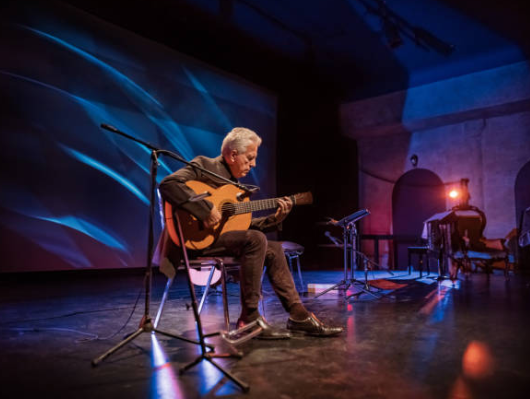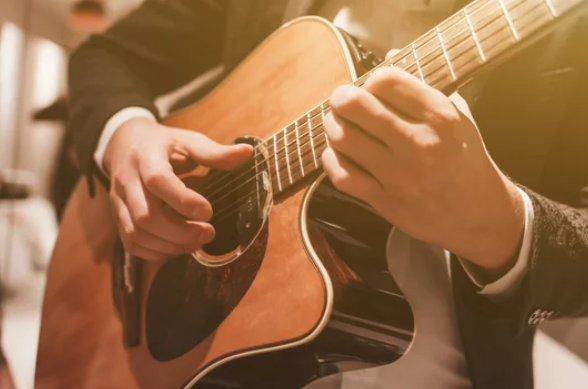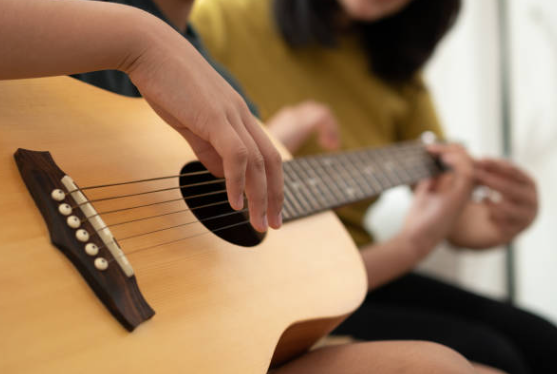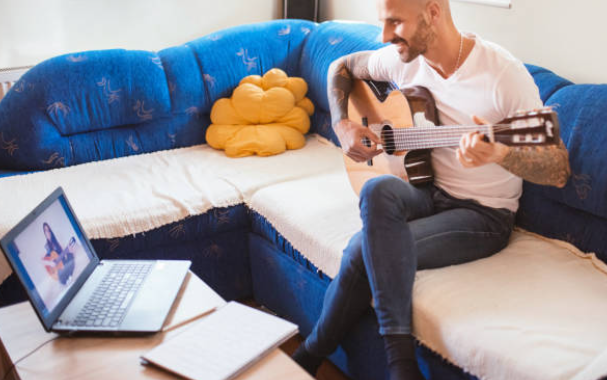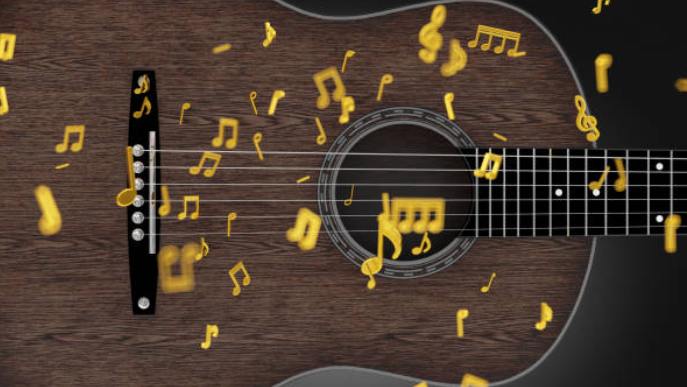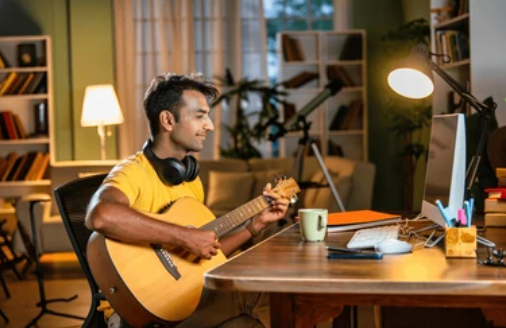What Is Modal Mixture? How to Borrow Chords for More Emotional Songs – Easy Guide

If you’ve ever listened to a song that surprised you with a sudden emotional shift, a haunting chord in a bright tune, or a hopeful moment in a somber ballad, there’s a good chance modal mixture played a role. Also known as mode mixture or modal interchange, this technique involves borrowing chords from a parallel mode to infuse your music with deeper expression, contrast, and surprise.
In this post, we’ll explore what modal mixture is, how to identify and use borrowed chords, and how to apply this tool to write more emotionally dynamic songs, even if you’re just getting started with music theory.
What Is Modal Mixture?
At its core, modal mixture is the process of borrowing chords from the parallel mode of the key you’re in.
- Parallel modes are modes that share the same tonic (or root note), but have different interval structures.
- For example, C major and C minor are parallel modes—they both start on C but have different scales:
- C Major: C – D – E – F – G – A – B
- C Minor: C – D – Eb – F – G – Ab – Bb
- C Major: C – D – E – F – G – A – B
Modal mixture lets you take chords from C minor and blend them into a progression in C major (or vice versa), opening up a world of harmonic possibilities.
Why Use Modal Mixture?
So why mix modes at all? Here’s what modal mixture can add to your music:
- Emotional Depth: Borrowing minor chords in a major key adds melancholy, mystery, or tension.
- Brightness in Darkness: Borrowing major chords in a minor key can give a sense of hope or uplift.
- Harmonic Interest: It keeps listeners on their toes and avoids overly predictable chord progressions.
- Genre Flavor: Modal mixture is used across rock, pop, classical, jazz, and film scores to great effect.
Common Borrowed Chords and How They Work
Let’s say you’re writing in C major. These are some of the most commonly borrowed chords from C minor:
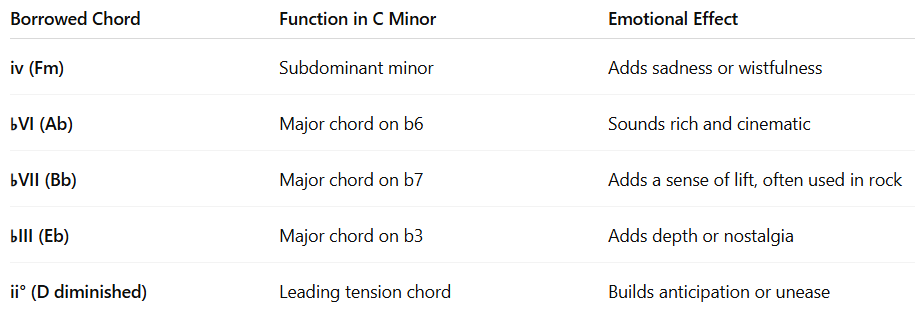
And if you’re in C minor, you might borrow from C major, like:
- IV (F) instead of iv (Fm)
- V (G) instead of v (Gm) — this one is actually super common to give a stronger resolution back to the tonic (C minor)
- I (C major) as a surprise happy ending in a minor song
Real-World Examples
- The Beatles – “Blackbird”
Uses modal mixture by borrowing chords from the parallel minor to create rich harmonic color in a mostly major-toned piece. - Radiohead – “Creep”
The iconic G – B – C – Cm progression uses a borrowed Cm chord (iv in G major) to take a turn toward emotional depth. - Beethoven – “Moonlight Sonata”
The movement between major and minor modes is central to its shifting emotional landscape.
How to Use Modal Mixture in Your Own Songs
Here are a few steps you can take:
1. Identify Your Home Key and Its Parallel Mode
If you’re in G major, your parallel minor is G minor. List the chords in both.
2. Spot Opportunities for Borrowing
Look at your usual chord progressions. Try substituting one chord for its borrowed equivalent. Example:
- Instead of G – D – Em – C
- Try G – D – Eb – C
3. Use with Intention
Think about the mood you want to create:
- Want it to feel darker? Borrow from the parallel minor.
- Want a sudden burst of light in a minor song? Borrow from the major.
4. Experiment and Listen
Let your ears guide you. Modal mixture isn’t about rigid rules—it’s about feeling.
Pro Tips for Modal Mixture Success
- Voice leading matters: Smooth transitions between borrowed and native chords make the modal mixture feel seamless.
- Don’t overdo it: Too many borrowed chords can lose the impact. One or two can transform a progression.
- Analyze your favorites: Try to spot modal mixture in songs you love and see how it makes you feel.
Wrapping Up
Modal mixture is a fantastic tool for songwriters and composers who want to add emotional complexity to their music. Whether you’re writing a heart-wrenching ballad or a soaring pop anthem, borrowing chords from parallel modes can unlock powerful new moods and textures. Best of all—it’s a creative way to break out of the same-old chord loops and surprise your listeners (and yourself).
If you’re interested in learning an instrument, at Real Brave, we offer an incredible experience like no other place in music lessons for kids and adults by guiding them from the beginning stages of getting to know an instrument all the way through performing for family and friends on stage. Our instructors come from all over the world, bringing extensive experience on a wide range of instruments. Click below and book a free lesson with us!
Author: Daniel Powers Jr, the founder of Real Brave™, serves as the chief inspiration to thousands of students in the Real Brave music instruction program. He’s also the visionary behind PracticePad™, an online platform for live one-on-one online music lessons, lesson tracking, and scheduling. Beyond his entrepreneurial pursuits, Daniel leads a non-profit organization that provides formerly homeless children with access to music education, making a profound impact on their lives. His unwavering dedication to music, innovation, and education continues to inspire individuals to reach their fullest potential while creating positive change in communities. Follow Real Brave on all the socials:
youtube.com/@realbraveinc
twitter.com/realbraveinc
https://www.tiktok.com/@realbraveinc
instagram.com/realbraveaudio
facebook.com/realbraveinc

